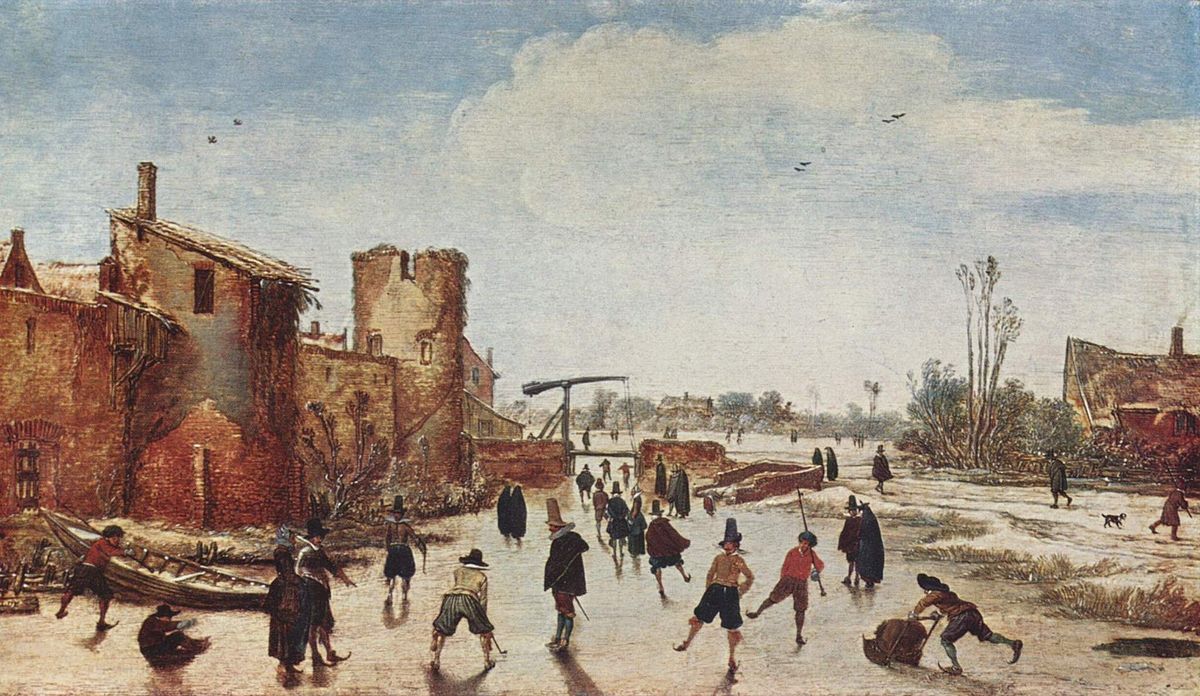I learned in James R. Hines' book, Figure skating in the formative years (2015), that there were Japanese competitors at the World championships as early as the 1930s! Previously, I had thought Japanese competitors first competed at Worlds in the 1950s.
Hines covers the early beginnings of the sport, through the start of organized ISU competitions up to 1939. I learned about the first Japanese competitors by reading Hines' Addendum, which had full lists of competitors at major competitions, including Worlds, Europeans, etc. Under ladies singles, the first Japanese female competitor at Worlds was Etsuko Inada. She placed 10th out of 17 competitors at 1936 Worlds in Paris, France. She was 12 years old. Inada competed that same year at the Winter Olympics in Germany, again placing 10th (out of 23).
The first Japanese male competitors at Worlds competed in 1932. Worlds was held in Montreal that year. The competitors from Japan were: Kazuyoshi Oimatsu (7th), and Ryoichi Obitani (8th). There were only 9 male competitors that year. In 1936, at Paris Worlds, Kazuyoshi Oimatsu competed again, placing 15th out of 17 male competitors. Oimatsu was joined by teammates, Toshikazu Katayama (13th); Zenjiro Watanabe (16th); and Tsugio Hasegawa (17th). In 1932, Oimatsu and Obitani competed at the 1932 Winter Olympics in Lake Placid, finishing 9th and 12th out of 12 competitors. The same Japanese male skaters who were at 1936 Worlds, also competed at the 1936 Olympics with female compatriot, Inada.
I wonder if Japanese fed has a museum where this history is documented? The sport, in general, does not seem to place much energy into celebrating its history. The history of fs is fascinating to me. It would be nice to learn more about these athletes. Since the Hines book only covers competitions through 1939, there are no lists of competitors provided beyond that year. During that era some countries, including Japan, frowned upon couples performing close together in public, so pairs and ice dance were not disciplines pursued by Japanese competitors.
I did further checking and found an article on the history of Japanese figure skating from Ryan Stevens' skateguard blog, an invaluable historical resource! Ryan provides more detailed information, especially about Inada, with photos. The 1940 Winter Olympics was scheduled to take place in Sapporo, Japan, but was canceled due to WWII, thus setting back international competitive progress for Japanese figure skaters until Nobuo Sato in the 1950s. Sato is a famous coach, as well as a 10-time Japanese National champion (and the father of Yuka Sato).
Ryan provides more detailed information, especially about Inada, with photos. The 1940 Winter Olympics was scheduled to take place in Sapporo, Japan, but was canceled due to WWII, thus setting back international competitive progress for Japanese figure skaters until Nobuo Sato in the 1950s. Sato is a famous coach, as well as a 10-time Japanese National champion (and the father of Yuka Sato).

 skateguard1.blogspot.com
skateguard1.blogspot.com
Hines covers the early beginnings of the sport, through the start of organized ISU competitions up to 1939. I learned about the first Japanese competitors by reading Hines' Addendum, which had full lists of competitors at major competitions, including Worlds, Europeans, etc. Under ladies singles, the first Japanese female competitor at Worlds was Etsuko Inada. She placed 10th out of 17 competitors at 1936 Worlds in Paris, France. She was 12 years old. Inada competed that same year at the Winter Olympics in Germany, again placing 10th (out of 23).
The first Japanese male competitors at Worlds competed in 1932. Worlds was held in Montreal that year. The competitors from Japan were: Kazuyoshi Oimatsu (7th), and Ryoichi Obitani (8th). There were only 9 male competitors that year. In 1936, at Paris Worlds, Kazuyoshi Oimatsu competed again, placing 15th out of 17 male competitors. Oimatsu was joined by teammates, Toshikazu Katayama (13th); Zenjiro Watanabe (16th); and Tsugio Hasegawa (17th). In 1932, Oimatsu and Obitani competed at the 1932 Winter Olympics in Lake Placid, finishing 9th and 12th out of 12 competitors. The same Japanese male skaters who were at 1936 Worlds, also competed at the 1936 Olympics with female compatriot, Inada.
I wonder if Japanese fed has a museum where this history is documented? The sport, in general, does not seem to place much energy into celebrating its history. The history of fs is fascinating to me. It would be nice to learn more about these athletes. Since the Hines book only covers competitions through 1939, there are no lists of competitors provided beyond that year. During that era some countries, including Japan, frowned upon couples performing close together in public, so pairs and ice dance were not disciplines pursued by Japanese competitors.
I did further checking and found an article on the history of Japanese figure skating from Ryan Stevens' skateguard blog, an invaluable historical resource!

An Early History Of Japanese Figure Skating
Article on the early history of figure skating in Japan, featuring figure skaters Etsuko Inada, Kazuyoshi Oimatsu, Midori Ito and Yuzuru Hanyu





 .
.